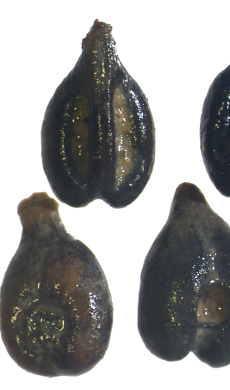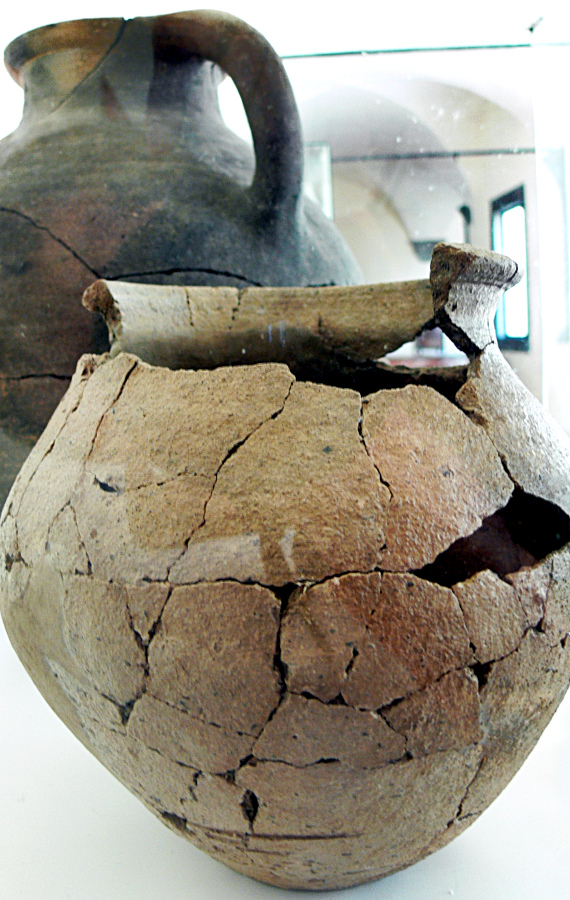Cetamura del Chianti


Grape seeds in the sacred well
The Archaeological Site of Cetamura del Chianti
On the grounds of Badia a Coltibuono lies an archaeological site of great importance for the history of Chianti. Discovered by Alvaro Tracchi in 1964, it has been continuously excavated since the 1970s under a project sponsored by the Superintendency for Archaeological Heritage of Tuscany, in collaboration with the Department of Classics at Florida State University (USA), led by Nancy T. de Grummond, and the municipalities of Gaiole in Chianti and San Giovanni Valdarno. The project has enjoyed the full support of the Stucchi Prinetti family, current owners of Badia a Coltibuono.
The Well of Wonders
Archaeological excavations at Cetamura del Chianti have led to significant finds inside a well, dating from the 3rd century BC to the 1st century AD. These include ceramic fragments, animal bones, barley, olives, walnuts, and bronze vessels.
A groundbreaking discovery for the history of Chianti viticulture was the recovery of around 500 grape seeds from the Etrusco-Roman era, still viable. Their DNA is currently under study and contains crucial information about the native grape varieties of the Chianti region.
Ancient peoples often gave thanks to their gods with votive offerings taken from their daily lives or crafted by artisans. Devotional offerings from the Etruscans of Cetamura del Chianti were found deep within the well, which served as a sanctuary. Among the deities worshipped were “Lur” and “Leinth,” depicted on some of the recovered artifacts.
“The value of Cetamura,” says Nancy T. de Grummond, “lies in what it reveals about the working class of a population seemingly untouched by outside influence, and better able to preserve and define the essence of Etruscan identity.”
Artifacts recovered from the site are displayed in the Chianti Origo Museum in Gaiole in Chianti.
